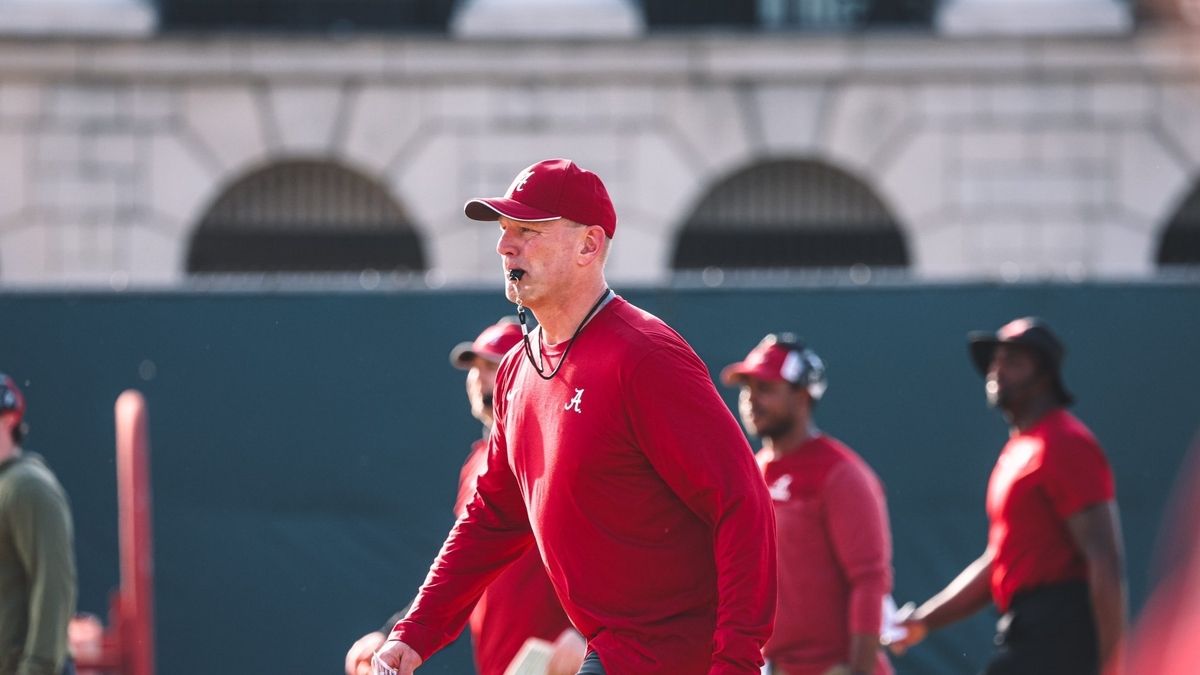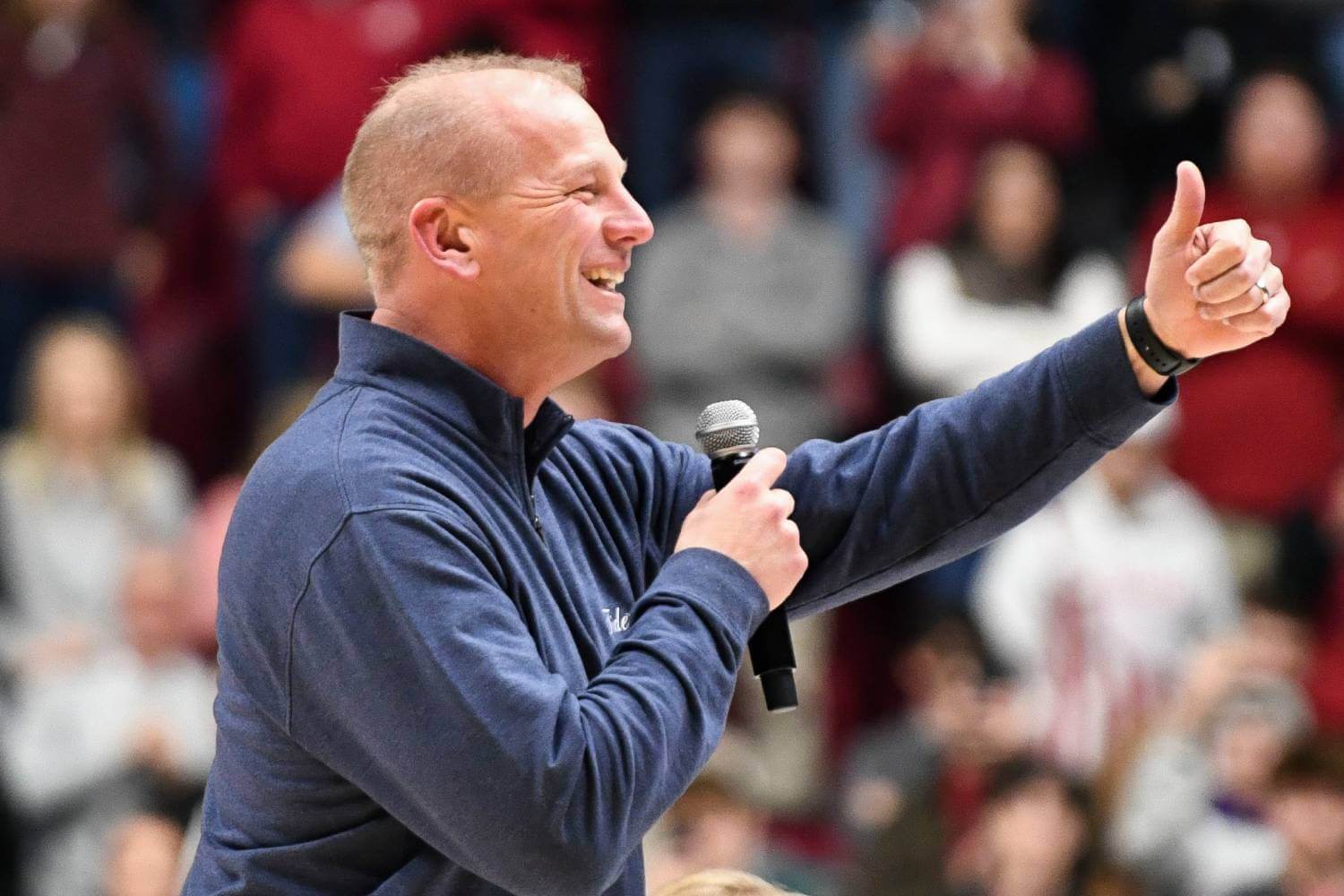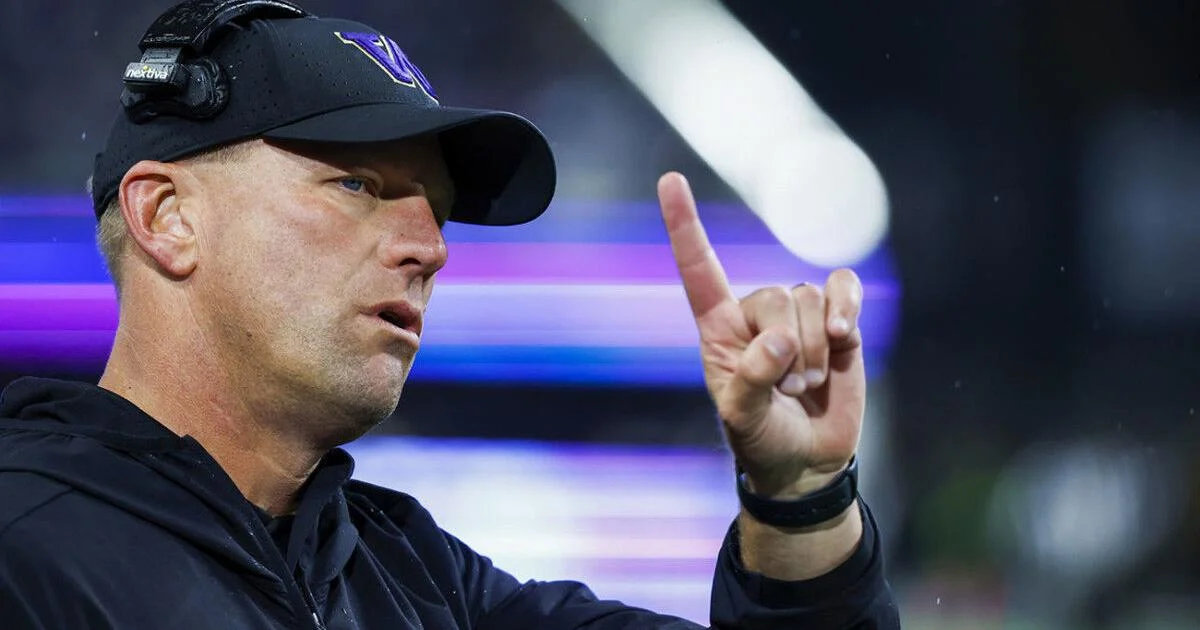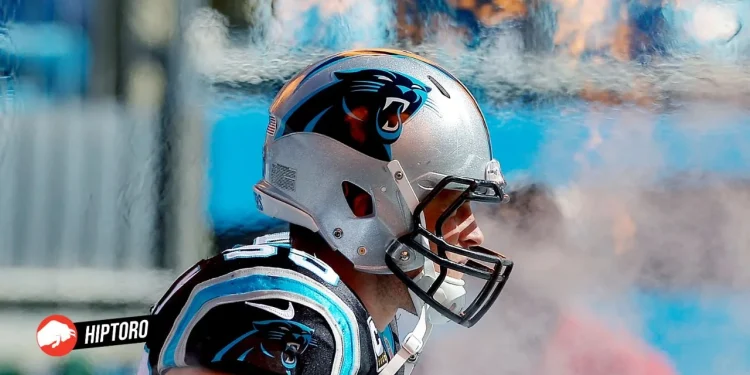In an exciting development that promises to redefine game strategies and enhance on-field communication in NFL, the world of college football is on the cusp of adopting a technological innovation that has long been a part of the NFL’s playbook: in-helmet communication.
This groundbreaking move comes after years of anticipation and lobbying from college football coaches across the nation, who have been eager to bridge the communication gap between the sidelines and the players in the heat of the action.

The push for in-helmet communication gained unprecedented momentum following an incident last season involving Jim Harbaugh, the head coach of the Michigan Wolverines. Harbaugh found himself in the eye of the storm, accused of sign-stealing from opposing teams—a controversy that led to his three-game suspension.
This incident not only spotlighted the competitive espionage lurking within the sport but also fast-tracked the NCAA Football Rules Committee’s decision to propose the adoption of in-helmet communication as a means to circumvent such issues.
A Glimpse Into the Future of NFL: Alabama’s Experiment
At the forefront of this technological leap is Kalen DeBoer, the newly appointed head coach of Alabama, who recently shared his firsthand experience with the innovative communication system.
During a press conference, clips of which were shared by Bama Football on YouTube, DeBoer revealed that his team had commenced trials of the in-helmet communication during their initial practice sessions.
Footage from Kalen DeBoer’s first practice with Alabama football pic.twitter.com/klmHJZN0Rt
— Nick Kelly (@_NickKelly) March 5, 2024
Despite some minor audio challenges—attributed more to the volume than the clarity—DeBoer expressed optimism about the system’s potential to revolutionize the way coaches and players interact during games.
“A couple of times, it was maybe a little hard to hear one way or another. I don’t think it was because it was too soft. I think it was actually because it was too loud… But for the most part, it seemed pretty clean,” DeBoer commented, highlighting the initial success and minor hurdles of integrating this technology into the sport.
Setting the Stage in NFL: NCAA’s Proposal
The NCAA’s proposal to formalize the use of in-helmet communication is both timely and pivotal. It stipulates that during games involving FBS teams, one player from each school will be equipped with a helmet featuring a speaker, enabling direct communication with their coach.

This system is designed to deactivate with 15 seconds remaining on the play clock or at the snap of the ball, ensuring fair play and strategic integrity.
Marked by a distinctive “green dot on the back midline of the player’s helmet,” this initiative is not without precedent. The NFL’s adoption of similar technology has not only improved the pace and strategic depth of the game but also mitigated the risks associated with sign-stealing—addressing the very concern that accelerated the NCAA’s move towards in-helmet communication.
As the NCAA Playing Rules Oversight Panel gears up to review and potentially approve this proposal on April 18, the anticipation within the college football community is palpable.

With the ACC already experimenting with the technology during spring practice, the adoption of in-helmet communication seems not just probable but inevitable.
The Road Ahead for NFL
The introduction of in-helmet communication in college football is more than a technological upgrade; it’s a strategic evolution that promises to enhance the dynamism and competitiveness of the game.
As NFL teams like Alabama lead the charge in testing and refining this system, the landscape of college football stands on the brink of a significant transformation. This initiative not only underscores the sport’s commitment to innovation but also paves the way for a future where on-field communication is as seamless as the gameplay itself.

Source: Essentially Sports









